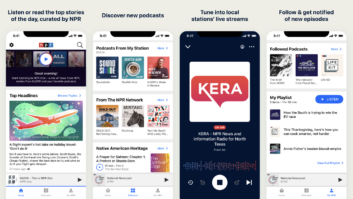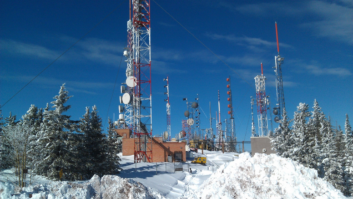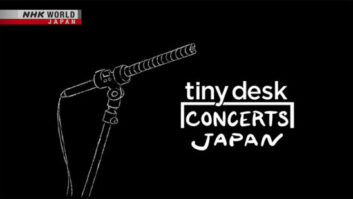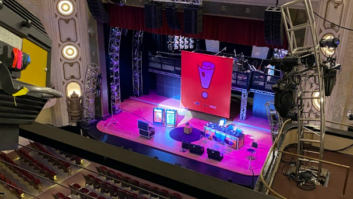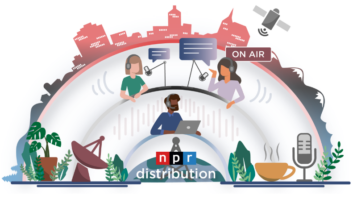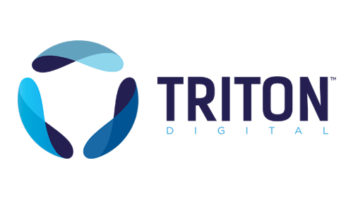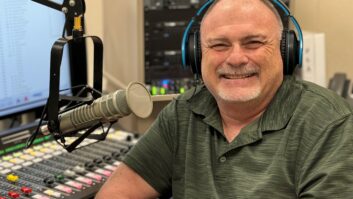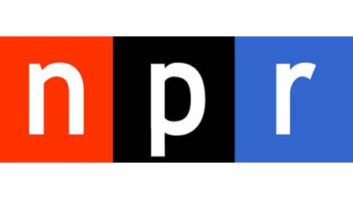
Alternative methods to increase IBOC coverage other than raising transmitted power level do exist, although not everyone agrees these alternatives are ready for prime time.
NPR has said before that it hopes these alternatives will be available, either individually or combined, to increase IBOC coverage without increasing interference to first-adjacent neighbor stations. In its latest comments, the broadcaster says transmission and other equipment manufacturers are working on alternatives.
NPR is big on the possibilities of asymmetrical sideband transmission, saying it “substantially” reduces the digital power output of transmitters, which saves cost. The idea would be to limit IBOC power on the sideband critical to a neighboring first-adjacent FM, independent of the other first-adjacent channel.
“This may allow a high-power IBOC proponent to take advantage of digital coverage benefits up to a full –10 dBc on the non-protected channel,” NPR writes.
Its testing indicates that HD Radio receivers could take advantage of this higher-power sideband in the current generation and critically deficient indoor coverage would be greatly improved. In theory, the idea of the double sidebands was to provide redundancy and more error correction; presumably manufacturers are working to prevent at least some of this loss if a station chooses to use asymmetrical sideband transmission.
Manufacturers are also working on separately directional antenna systems, and single-frequency network “boosters,” with the latter designed to fill in coverage without increasing interference toward first-adjacent neighbors.





